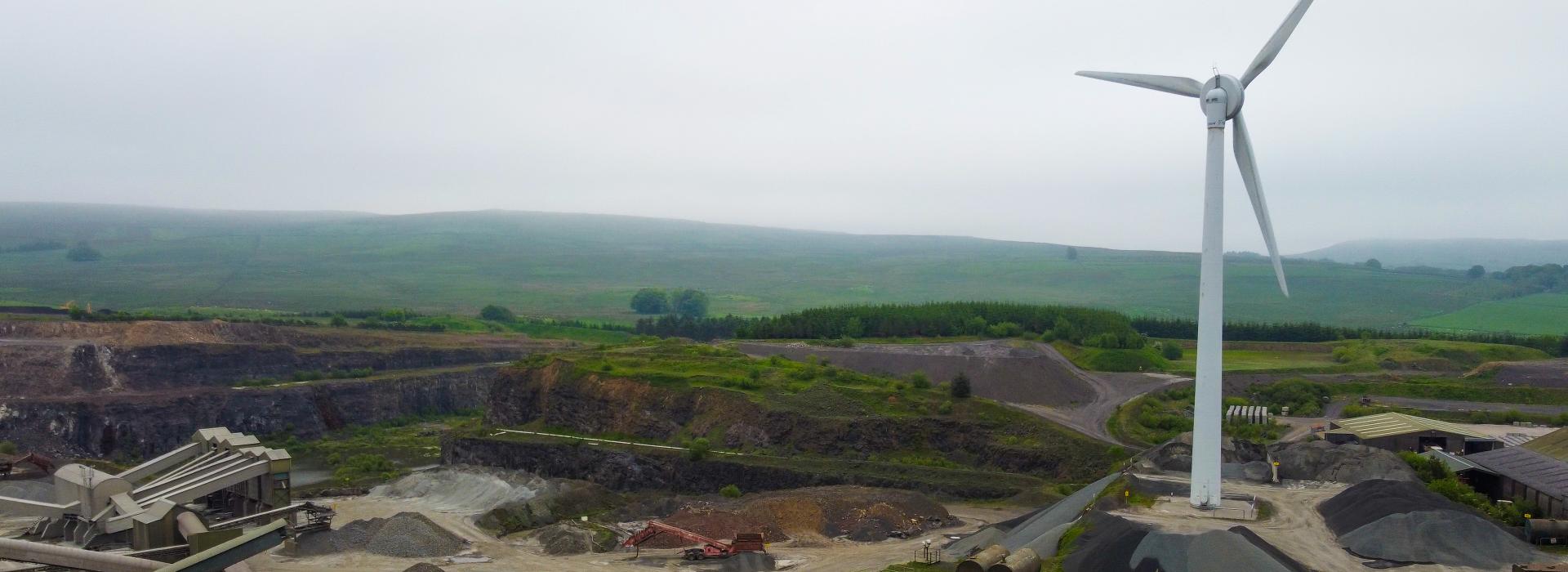
While we strive to provide the latest information and updates in the field of technology under our 'Sustainable Technology' segment, it's important to note that the content presented does not constitute official endorsement or recommendation by the program. The views, opinions, and information shared are solely for informational purposes and may not necessarily reflect the stance or beliefs of the program. We encourage our audience to exercise critical thinking and conduct further research before making any decisions based on the content provided. We do not assume responsibility for any actions taken as a result of consuming this content.
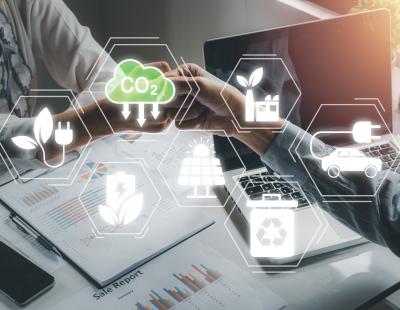
Net-zero means not adding any new emissions to the atmosphere then is already there. Emissions will continue but will be balanced by absorbing an equivalent amount from the atmosphere to help balance the output of carbon emissions.
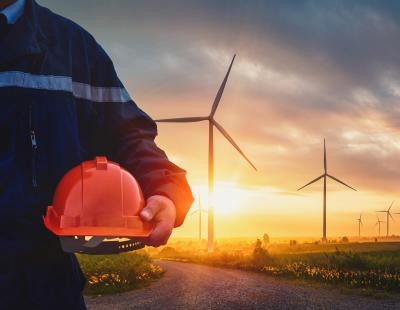
The Low Carbon Technologies sector covers almost all other sectors, as aspects of it can form part of many businesses, manufacturing and design processes.
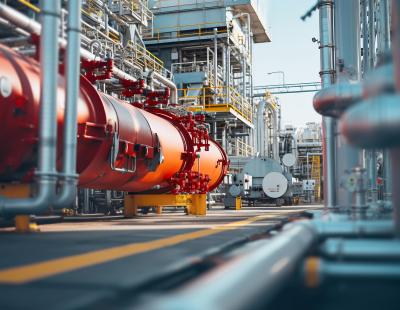
Carbon capture and storage (CCS) is a climate change mitigation technology where CO2 is captured from power plants and other industrial processes instead of being emitted to the atmosphere.
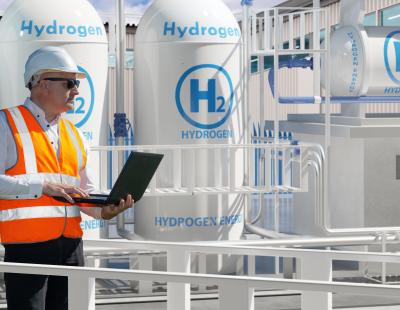
Once produced, hydrogen can be used in much the same way as natural gas. It can be delivered to fuel cells to generate electricity and heat, used in a combined cycle gas turbine to produce larger quantities of centrally produced electricity or burned to run a combustion engine.

When people hear the words ‘solar power’ they instantly think of regular old solar panels on rooftops or in a solar farm in the desert, and with good reason. Traditional utility-scale and rooftop solar panels have dominated the solar market.
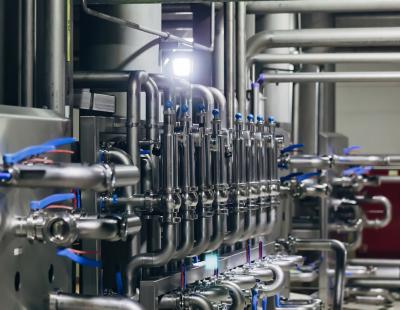
A heat exchanger is a system used to transfer heat between two or more fluids. Heat exchangers are used in both cooling and heating processes. The fluids may be separated by a solid wall to prevent mixing, or they may be in direct contact.